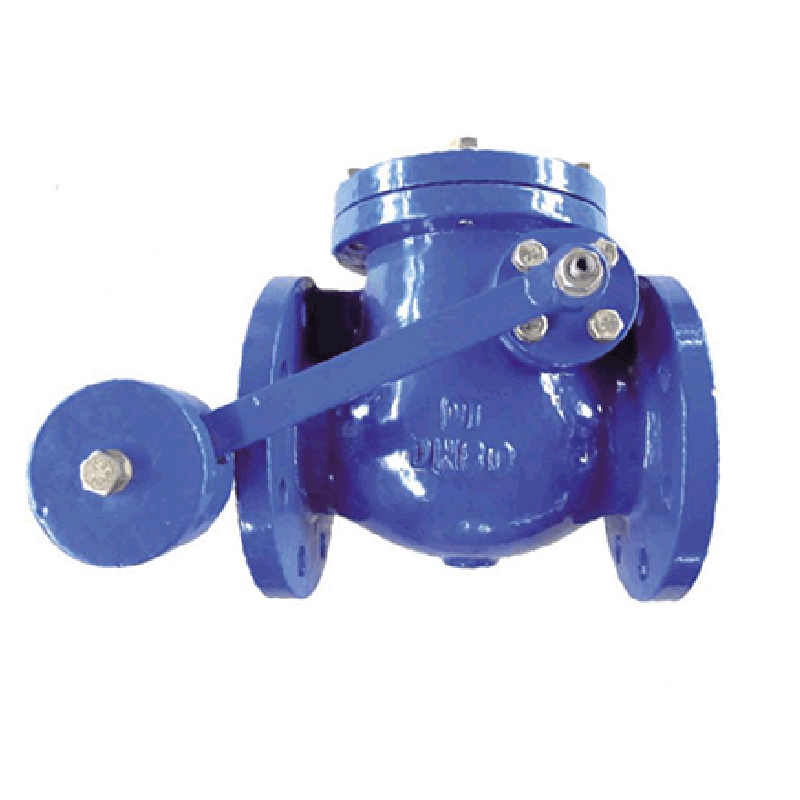nóv . 30, 2024 23:49 Back to list
Understanding the Functionality of Unidirectional Knife Gate Valves in Fluid Control Systems
Understanding the Unidirectional Knife Gate Valve
In various industrial applications, controlling the flow of liquids and slurries is vital for efficient operation. Among the wide array of valves available, the unidirectional knife gate valve stands out for its unique design and functionality. This article delves into the characteristics, applications, advantages, and maintenance of unidirectional knife gate valves.
What is a Unidirectional Knife Gate Valve?
A unidirectional knife gate valve is a type of valve specifically designed to control the flow of bulk materials, slurries, and liquids in a piping system. The term knife refers to the blade-like design of the gate, which effectively cuts through and regulates various media. Unlike traditional gate valves that can operate bidirectionally, the unidirectional design ensures that the flow is allowed in a single direction, preventing backflow and ensuring system integrity.
Design Features
The primary feature of a unidirectional knife gate valve is its streamlined body and the sharp-edged gate. This design minimizes any interference with the flow, ensuring that the passageway remains clear when the valve is open. These valves can be constructed from various materials, including stainless steel, cast iron, or plastic, making them suitable for a range of environments and media, from corrosive chemicals to highly viscous slurries.
Applications
Unidirectional knife gate valves are extensively used in numerous industries, including
1. Water Treatment These valves help to safely manage water flow and control sediment and suspended solids in treatment plants. 2. Mining and Mineral Processing Their capability to handle slurries makes them ideal for controlling the flow of valuable minerals and waste materials. 3. Pulp and Paper Industry They are used to manage the flow of pulp and other fibrous materials, ensuring efficient processing. 4. Food and Beverage Processing Sanitary versions of these valves help in controlling liquid flows without contamination.
vnidirectional knife gate valve

Advantages
The unidirectional knife gate valve offers several advantages
- Efficient Flow Control The sharp-edged gate allows for smooth operation, reducing turbulence and wear caused by clogging. - Minimal Leakage The unidirectional design, combined with proper sealing, significantly reduces leakage risks. - Low Maintenance These valves are built for longevity and require relatively low maintenance, which can save costs and downtime for operations. - Versatile Installation They can be installed in horizontal or vertical configurations, making them adaptable to various systems.
Maintenance Considerations
While unidirectional knife gate valves are designed for durability, regular maintenance is crucial for optimal performance. An effective maintenance program should include
- Routine Inspection Regularly check for signs of wear, leaks, or misalignments to address issues before they escalate. - Cleaning Ensure that the valve is clean and free from debris or buildup that can interfere with its operation. - Lubrication Apply lubricant to moving parts as recommended by the manufacturer to maintain smooth operation.
Conclusion
The unidirectional knife gate valve is an essential component in many industrial processes due to its ability to provide reliable flow control for challenging media. With its innovative design, numerous applications, and advantages—it represents a practical solution for industries that require efficient fluid management. Understanding its features and maintaining it properly ensures that industries can operate smoothly and efficiently. Whether it's in water treatment, mining, or food processing, the unidirectional knife gate valve plays a pivotal role in ensuring process integrity and flow efficiency.
Share
-
priming-a-pump-with-a-foot-valve-with-strainerNewsAug.23,2025
-
the-importance-of-a-y-strainer-in-pump-protectionNewsAug.23,2025
-
stainless-steel-ball-check-valve-for-high-purity-applicationsNewsAug.23,2025
-
common-applications-for-wafer-type-butterfly-valvesNewsAug.23,2025
-
seat-options-for-a-12-inch-knife-gate-valveNewsAug.23,2025
-
the-lifespan-of-a-typical-dismantling-jointNewsAug.23,2025


